Affordable Housing Opens at Disney World in 2026
Walt Disney World has announced that it’s earmarking nearly 80 acres of land for a new affordable housing development in Central Florida. This post will share details about the plan, plus our commentary about Orlando’s housing crisis, skyrocketing shelter inflation, and (some of) what’s causing this. (Updated April 19, 2023.)
“We are invested in working together with our community to solve complex issues,” said Jeff Vahle, president of Walt Disney World Resort. “The lack of affordable housing is affecting many people across our country, including right here in Central Florida. With this initiative, we’re lending a hand to make a real and meaningful impact in our community by tapping into the best of our company’s strengths. This is the right opportunity and the right time to take action.”
The development will be constructed by a third-party affordable housing developer and will be located on Walt Disney World’s land in southwest Orange County, Florida. It will offer Central Florida residents a variety of home choices that are affordable and attainable, in a great part of Horizon West near the new and expanding Flamingo Crossings Town Center retail and dining complex. The development will be available for qualifying applicants in the region, including Disney Cast Members.
April 19, 2023 Update: About one year after first announcing this initiative, Walt Disney World just announced that the company has been making more and more progress on this initiative every day. The groundbreaking on this affordable and attainable housing development is targeted for sometime in 2024, with the first units anticipated to be completed in 2026.
Walt Disney World also revealed that the company is also expanding its vision to now include approximately 1,400 total units – over 100 higher than initially announced. The company states that it hopes to make a positive impact wherever possible in the community; being able to offer more units means even more Florida families will get access to attainable housing, in addition to creating new Florida jobs as part of the construction and operation.
Walt Disney World President Jeff Vahle and his team met earlier this week with leaders from the Michaels Organization, which will build and operate the property. Disney also recently joined Coalition for the Homeless of Central Florida, an organization that Cast Members passionately support year-round through the Disney VoluntEARS program, for the grand opening of its newly renovated youth center, which was built with the help of a $100,000 Disney grant.
Late last year, Walt Disney World and Disneyland Resort announced significant donations to local community food banks to support families in need, totaling more than $300,000. Walt Disney World also indicated that the company will keep working diligently behind the scenes to bring this important initiative to life! Visit DisneyFlorida.com to learn more.
Previously, Walt Disney World revealed that the specific location for this initiative is in a great spot west of State Road 429, just a few miles away from Magic Kingdom, near schools and shopping, including Flamingo Crossings Town Center. (We know it’s a great spot because we lived a stone’s throw from here up until last year!)
From that experience of living in Horizon West, we also witnessed a huge building boom in this area. When we moved into the area in 2018, there were a couple of phase one communities. By the time we left, there were a half-dozen additional developments, many more spotlights, and more lanes of traffic. All of which were built in the span of only a few years.
Walt Disney World taking 4 years on this from announcement until anticipated completion is fitting for the company, but not the pace of comparable projects in the community. Still a great initiative and it’s good to see it happening, just amusing contrasting it with how fast everything else in this area has been built.
Walt Disney World also previously announced that the Michaels Organization will build, own and operate the property. According to Walt Disney World, this is a prominent and visionary developer known for creating high-quality homes in communities in many states, including Florida. (I’ve seen a lot of housing developers in Central Florida, but never this one. Perhaps I’ve just missed it?) The development is expected to be privately financed and limited to applicants within a certain income range.
“For more than 50 years, Walt Disney World has cared for and invested in our community, and we’re committed to being a part of this solution which will bring more attainable housing to Central Florida,” said Jeff Vahle, president of Walt Disney World Resort. “We will continue to find ways to use our resources to make a difference in the community we call home, and we’re excited to take this step with a nationally recognized developer.”
After a thorough search, Disney stated that it chose The Michaels Organization due to its long-standing track record in building and managing attainable housing communities. Negotiations between Walt Disney World and The Michaels Organization on a definitive agreement for the initiative are presently underway. The development will be open for qualifying applicants, including but not limited to Cast Members.
“We are excited to work with an iconic brand like Disney to deliver attainable housing for the Central Florida community,” said Michaels CEO John J. O’Donnell. “Our goal is to create a repeatable model that we hope will inspire other companies and municipalities to create high quality, attainable housing in their own communities.”
This initiative will help offer a viable solution to one of the nation’s greatest challenges and will support and build upon Orange County’s Housing for All action plan to address housing affordability for local residents, an action plan brought about by the passion and leadership of Mayor Jerry Demings.
Here’s a video Disney previously released along with the original announcement:
According to Walt Disney World, this initiative has been in the works for a while as the company has been focused on finding solutions to this challenge for quite some time.
Attainable housing is one of many ways Disney engages with local leaders to help the community find lasting solutions to this issue, from donations, to supplies to its Disney VoluntEARS program and more. Earlier this year, Walt Disney World and Disneyland donated $300K to local food banks to support people in the community facing food insecurity. That donation was part of the $5.5 million that Walt Disney World has contributed to important community causes during the 50th Anniversary celebration, including organizations addressing the need for affordable housing.
It’s also not the first time the Walt Disney Company has assisted local communities with underserved housing needs. Several years ago, Disneyland Resort led an effort to revitalize the Orange County Housing Trust that provides “last mile” funding for affordable housing projects in Anaheim.
This made the Buena Esperanza project — a converted studio apartment community for veterans and homeless individuals with mental illness — a reality. In addition to providing them a place to live, the community offers job placement and mental health and wellness support to residents.
As a result of Disney’s investment a second project, Finamore Place, in Anaheim is under construction with an expected completion date of early summer 2022. It will provide over 100 additional housing units. Disneyland Resort will continue to show support for these and other such worthy endeavors.
The Walt Disney Company also spent years investing in local nonprofits on the front lines of important causes in the community like affordable housing. Through hundreds of millions of dollars in donations, the Disney VoluntEARS program, contributions to local food banks and more. Just a few months ago, Walt Disney World donated $3 million to some of these very same organizations.
In terms of commentary, this doesn’t come as a huge surprise to us. Shelter inflation is skyrocketing, with rising rents outpacing even the red-hot housing market. You’ve undoubtedly seen or read the headlines, but in case not, here’s an article from earlier this year about astronomical rental rates. That’s from this January, and it’s only gotten worse since.
In Central Florida, this story has dominated the news, with numerous analysts showing the local market far outpacing the national average. Rent.com’s latest data shows Orlando’s average apartment increased 38% year-over-year, far above the 20% national rate and 5% typical year increase. Again, that’s as of January–and is also only one year. Since this time in 2020, rents are up even more significantly.
As this blog is wont to do, we’ve gone off-topic several times in the last few years and commented on the impact of people “fleeing to Florida” on Walt Disney World. This trend has also garnered a lot of national attention recently, but the phenomenon is actually nothing new.
Back when Annual Pass prices increased in February 2020 and the June before that (in other words, pre-pandemic), we mentioned the ongoing population explosion in Central Florida. At that time, several cities in the Orlando metro area were among the fastest growing in the United States. Many of these new Florida residents are (and were) people leaving the Northeast and Midwest.
Our commentary at the time was this: “If new home prices and construction around Walt Disney World are any indication, these transplants are also on the more affluent end of the spectrum. (Behind Magic Kingdom, there’s been a proliferation of subdivisions with no end in sight—most of these have homes starting at over $300,000 and ranging up to $800,000.)”
Those price points now seem quaint (add another couple hundred thousand dollars on), but the sentiment still rings true. And this was long before “Zoom Towns” had entered our collective vernacular. If you’ve seen any of those ‘fleeing to Florida’ stories in the news, you’re undoubtedly aware that this trend has only accelerated in the last two years. In fact, many of you might be fresh Florida transplants from the Midwest or Northeast. In neighborhoods around Horizon West, you’ll spot more Cowboys, Yankees, and Patriots pride than for any Florida franchise (yes, even the Buccaneers!).
This has disrupted the local market in a several ways. First is the obvious one–there’s a sudden surge of people and building cannot keep pace with the influx. (To the credit of D.R. Horton, Toll Brothers, etc., they are trying their darnedest!)
Second, many of these people work remotely and are not part of the local labor market. I don’t have any data to corroborate this, but my strong suspicion is that the median income of these Florida transplants who work remotely for out-of-state companies is significantly higher than the average local hospitality industry worker.
In other words, there is not enough housing supply and suddenly there’s a sharp increase in median wages–but not necessarily among those who actually, physically work in Central Florida. Even with their own wage increases, the frontline workers at Walt Disney World, Universal, SeaWorld, and wherever else simply compete with white collar professionals who work-from-home.
This also probably parallels a story you’ve seen on national news. Here’s a piece on the “Great Reshuffling” from CBS Sunday Morning last May that focuses on how the Boise housing market had been upended, largely by relocating Californians who saw that Idaho market as inexpensive relative to what they had been paying. (It has only gotten worse since then.) Same idea in Central Florida, but with Northeasterners instead of Californians.
From my perspective, Walt Disney World’s motivations are fairly obvious. This housing is needed for its own Cast Members, who will be the primary “beneficiaries” of the development. (I’d assume company employees will be given priority, and it ends up mostly just a development for displaced Cast Members.)
Moreover, if Central Florida’s unhealthy housing market continues on its current course, the company will have (even more) trouble hiring Cast Members. I’m not going to revisit the labor shortage here, but it’s certainly relevant and the motivating factor behind this move. Disney is certainly a charitable company, but this is more about fulfilling Walt Disney World’s own needs.
Universal is facing a similar issue, and that’ll only be exacerbated once Epic Universe prepares to start staffing frontline roles. (I’m actually curious how they’re going to accomplish the hiring needed for that many guest-facing roles in an entirely new theme park. Here’s hoping they have a plan.) Suffice to say, it should be no surprise that the major players in the Central Florida theme park and hospitality industries are foraying into housing and trying to address this issue.
This is not to cast aspersions or criticize Walt Disney World. The company could simply turn a blind eye to this and lean even more heavily on the College Program, not wanting to associate itself or its employees with affordable housing.
While I think there are more underlying issues that need to be addressed, this is still an admirable move, and one that is not without risk for Walt Disney World. The media loves to connect Disney to any unpleasant headline to attract eyeballs, and exactly that could happen here if/when there are problems with this affordable housing development down the road. (It doesn’t take much an active imagination to envision future headlines with the words “Disney” and “slumlord,” regardless of reality.)
My only commentary beyond that is: build, baby, build.
This is a good first step, but a ton more construction and reduction of red tape is necessary. While way late to the party, hopefully the Federal Reserve increasing interest rates will cut into investor activity and reverse the current, unsustainable trend of shelter cost increases. That, in turn, should reduce prices–or at least slow price growth. (My fear is that some of the aforementioned home builders will instead slow the pace of construction given the added market uncertainty. Or that higher interest rates will make new home purchases even more unattainable.)
In addition to that, there need to be changes to zoning, a relaxation of excessive land use restrictions, and greater incentives for building or redeveloping commercial real estate that’s now unneeded thanks to WFH–and perhaps disincentives for investment and speculation. Of course, all of that is well beyond the scope of this post (and I should add the caveat here that this commentary is a reductionist look at the causes and consequences of rising rental prices). For now, Walt Disney World deserves kudos (as does Universal, which is doing something similar) for the initiative. It alone won’t resolve the supply/demand imbalance in the Central Florida shelter markets, but it’s a solid start.
Planning a Walt Disney World trip? Learn about hotels on our Walt Disney World Hotels Reviews page. For where to eat, read our Walt Disney World Restaurant Reviews. To save money on tickets or determine which type to buy, read our Tips for Saving Money on Walt Disney World Tickets post. Our What to Pack for Disney Trips post takes a unique look at clever items to take. For what to do and when to do it, our Walt Disney World Ride Guides will help. For comprehensive advice, the best place to start is our Walt Disney World Trip Planning Guide for everything you need to know!
YOUR THOUGHTS
What do you think of Walt Disney World’s announcement that it’ll earmark ~80 acres of our land for a new affordable housing development in Central Florida? Is this a good move or bad move? A solid start, or still not nearly enough? Do you agree or disagree with our commentary? Any questions we can help you answer? Hearing your feedback–even when you disagree with us–is both interesting to us and helpful to other readers, so please share your thoughts below in the comments!
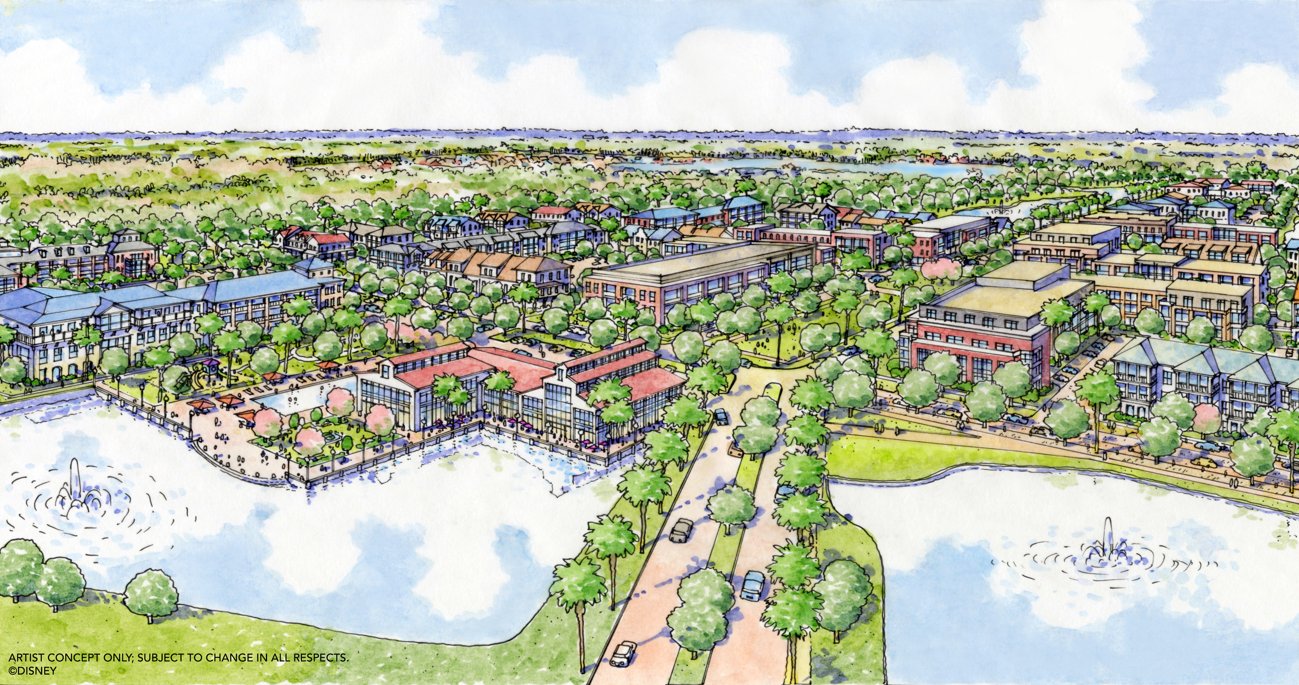
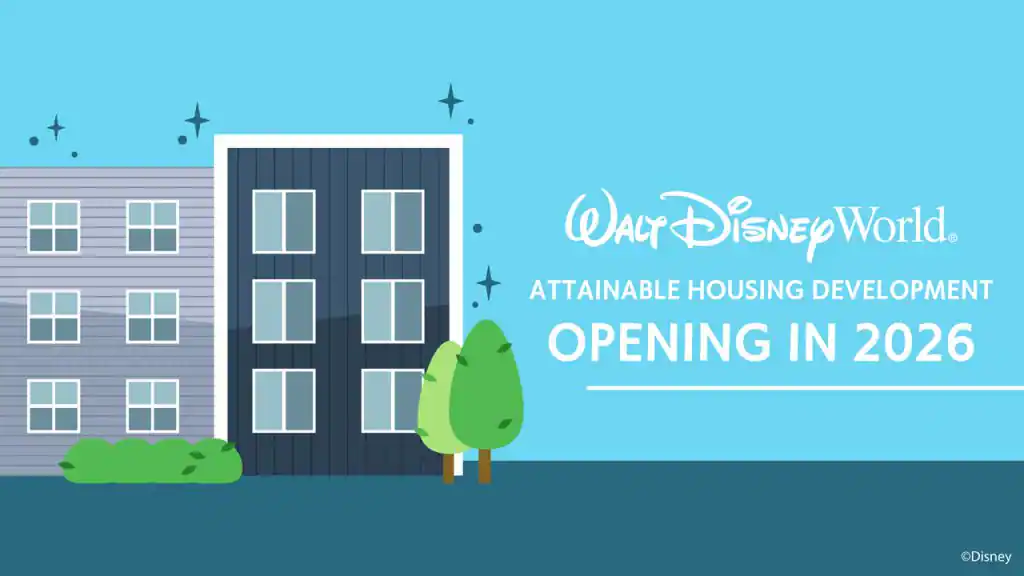
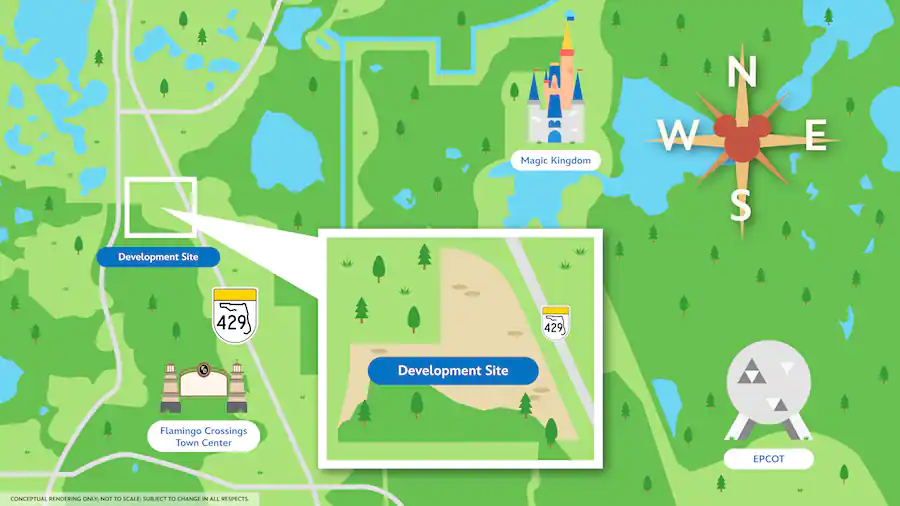
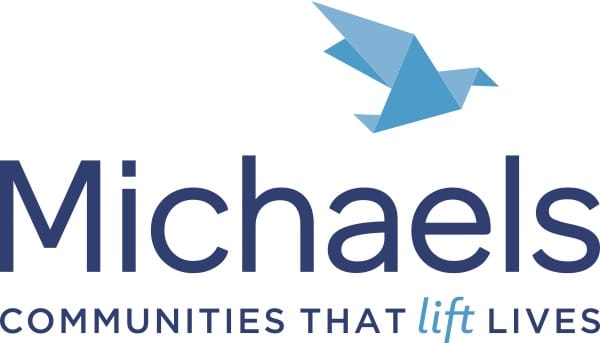
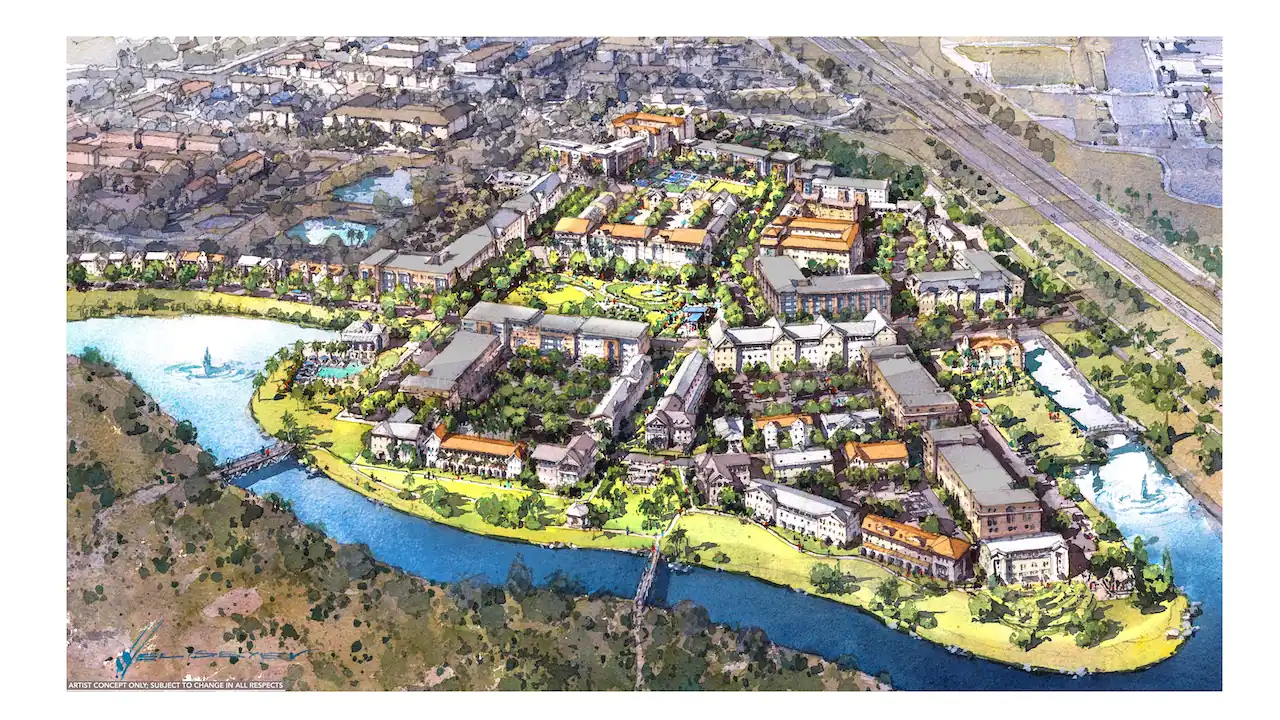


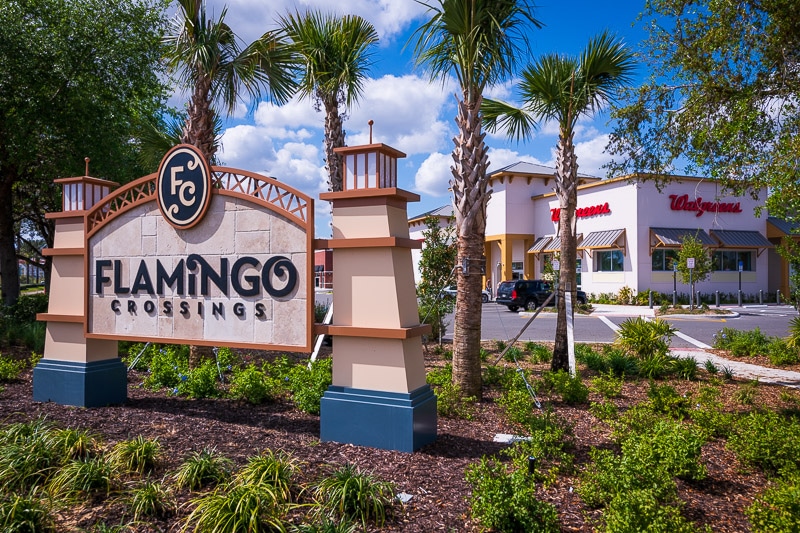
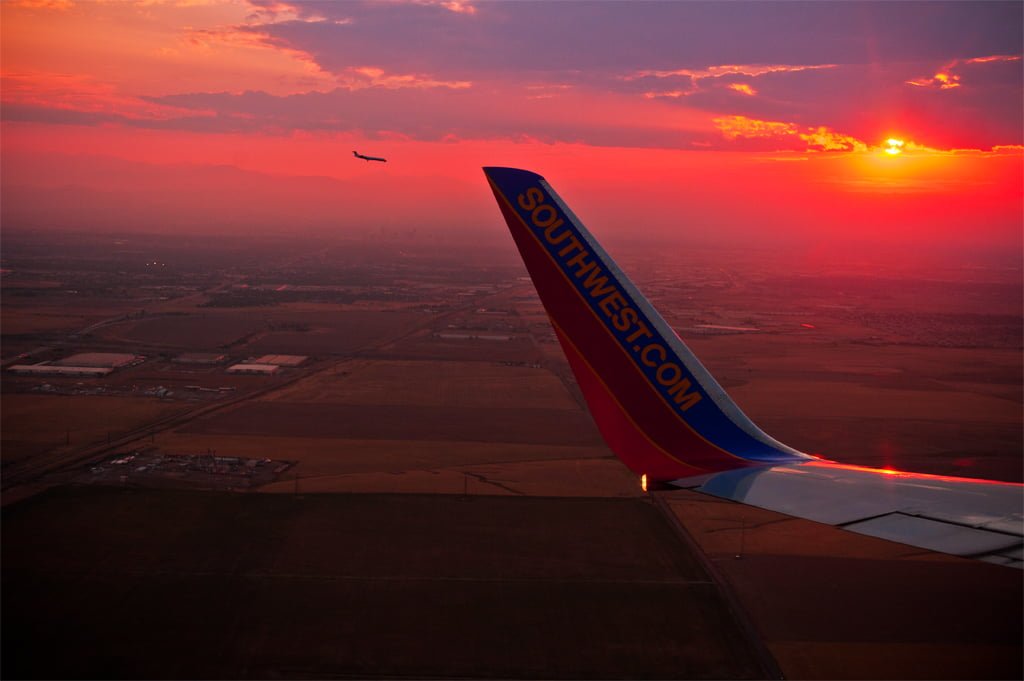
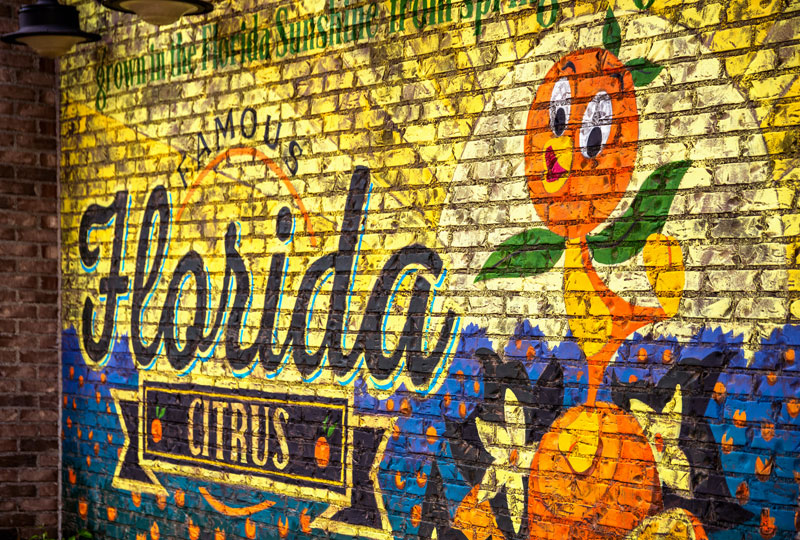
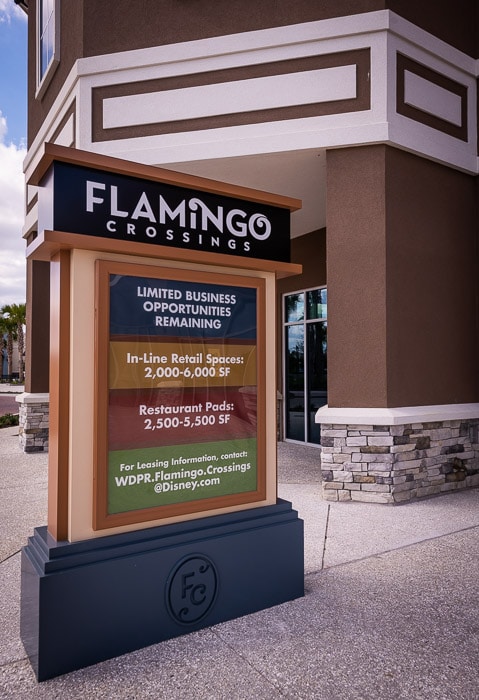
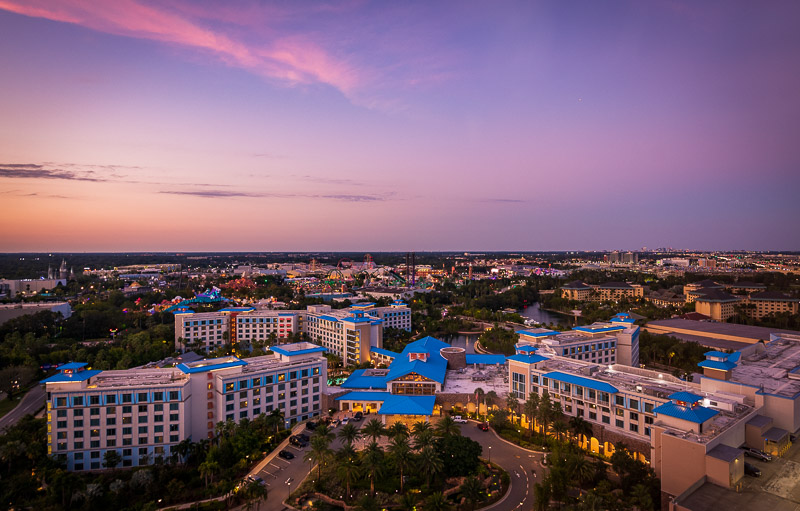
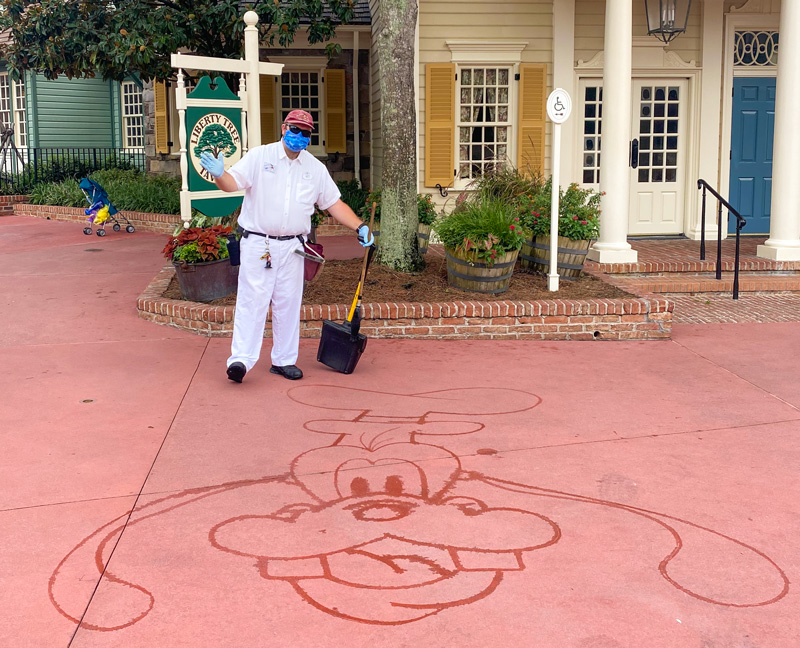


C’mon folks,
Me and my family enjoy going to Disney World as well as the next person. But, Disney has not actually been doing us all a solid for the last few years. Prices keep increasing and services keep depleting. Disney does not adjust for inflation they go above and beyond with their price increases. There is a lot Disney has to address in order to satisfy their paying customers before taking on other projects outside of the parks. If they want to build housing for their cast members that is awesome as well as increase their wages if at all possible. So call it cast member lodging. By calling this “affordable housing” it sure looks like there is some hidden agenda that Disney is going for. And before every gets on their high horse why not honesty tell everyone how you would feel about a giant complex of “affordable housing” dropped next door to your house.
How is the traffic in the area? Say compared to Atlanta or Dallas? Thanks for any info from anyone leaving or have leaved in that area.
It’s not even remotely on par with Atlanta; that’s just a different scale entirely.
With that said, it’s bad and getting worse. It doesn’t help that infrastructure isn’t even close to keeping up with the pace of residential construction. By the time road expansion or new schools are done being built, they’re already undersized. There’s also a tremendous amount of sprawl around Central Florida, with roads that (necessarily) take a meandering approach around swampland. Very different from other major metro areas, but with its own unique issues.
I think this is awesome and very important for the community. I also think the timing of this particular announcement is not coincidental based on other headlines I’ve seen recently.
There is already so much building in that area from Horizon West developments. No more needs to be added to what is already planned. I’m sure yet another set of schools will have to be built because of this. They should have made the rumored villains park come to life. Building more and more hotels and now this. Parks are already too crowded to enjoy. A fifth park is what Disney should have invested in instead of Flamingo Crossing.
One thing is this is a good article but I’d like to say this from someone whos looked into this a lot and also someone who has looked over the comments. First of all more than one person has made comments about poor people. First of all Disney world doesn’t even pay their workers much at all. Look it up. They are happy with what they do that’s why they do it.just because some don’t have the money to stay on top doesn’t mean they don’t work. Do you know cast members stay in near by hotels? What’s that look like on Disney World the company making billions and billions of dollars year after year but their employees are living in near by hotels?I mean they have raised prices and took away perks and where has that reflected until this honestly. I love Disney and I believe this is the correct move to make regardless. They have the money they should do it. Now for the one comment that said who would want these type of people by them, y go to disney then? A lot of workers are considered poor if you look at their checks but make life long memories for billions. So (LJ) needs to get his facts right you shouldn’t be judging people without facts. But thank you for this article.